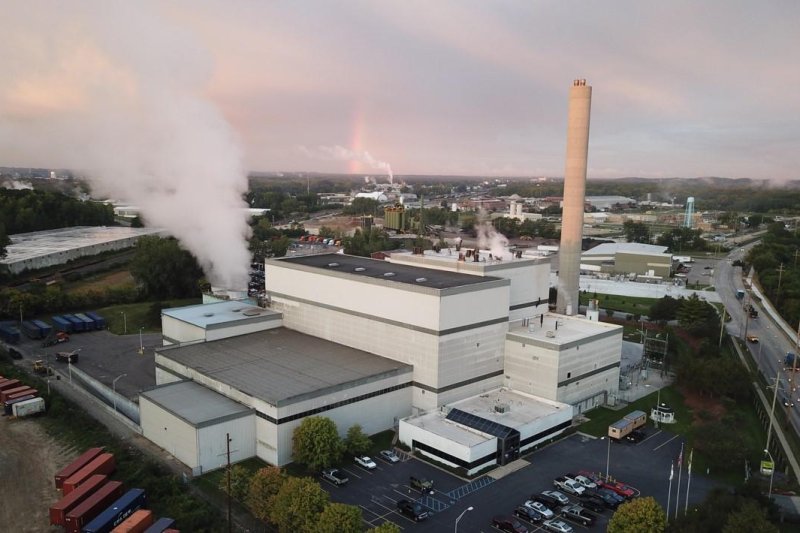
A waste-to-energy facility in Michigan's second-largest city is keeping trash out of area landfills. Photo courtesy of Kent County Department of Public Works.
Feb. 2 (UPI) -- New leadership is taking over operations at a facility that can supply one of Michigan's most populated cities with gas sourced from the decomposition of organic waste, partners announced Thursday.
Vicinity Energy established a new partnership with the public works department in Kent County to operate a new waste-to-energy facility in Grand Rapids, Mich. The company is taking over operations at a facility that keeps an estimated 190,000 tons of waste from going into landfills each year and yields enough energy to power 11,000 homes in the area.
Grand Rapids is the second-largest city after Detroit, with a population in the greater metropolitan area of around 1 million people.
Vicinity estimates that customers receiving the gas would have an annual carbon footprint that's 38% less than those that rely on more conventional forms of power.
Characterized as a renewable form of energy, companies are looking to utilize the decomposition of organic matter such as the manure from the cattle industry and waste that would normally wind up in a landfill to yield a substitute for conventional natural gas.
Decomposition of organic matter results in the release of natural gas in the form of methane, which can be purified to remove harmful compounds and increase its potency. That product can then be put through conventional pipelines for delivery to end users.
Though advancing along with the transition away from conventional fossil fuels, county officials said they've utilized this form of energy for more than 30 years.
"We're continuing to invest in the waste-to-energy facility, and this new partnership with Vicinity will ensure it operates safely and efficiently for years to come," Dar Baas, the director of the Kent County Department of Public Works, said.
No comments:
Post a Comment